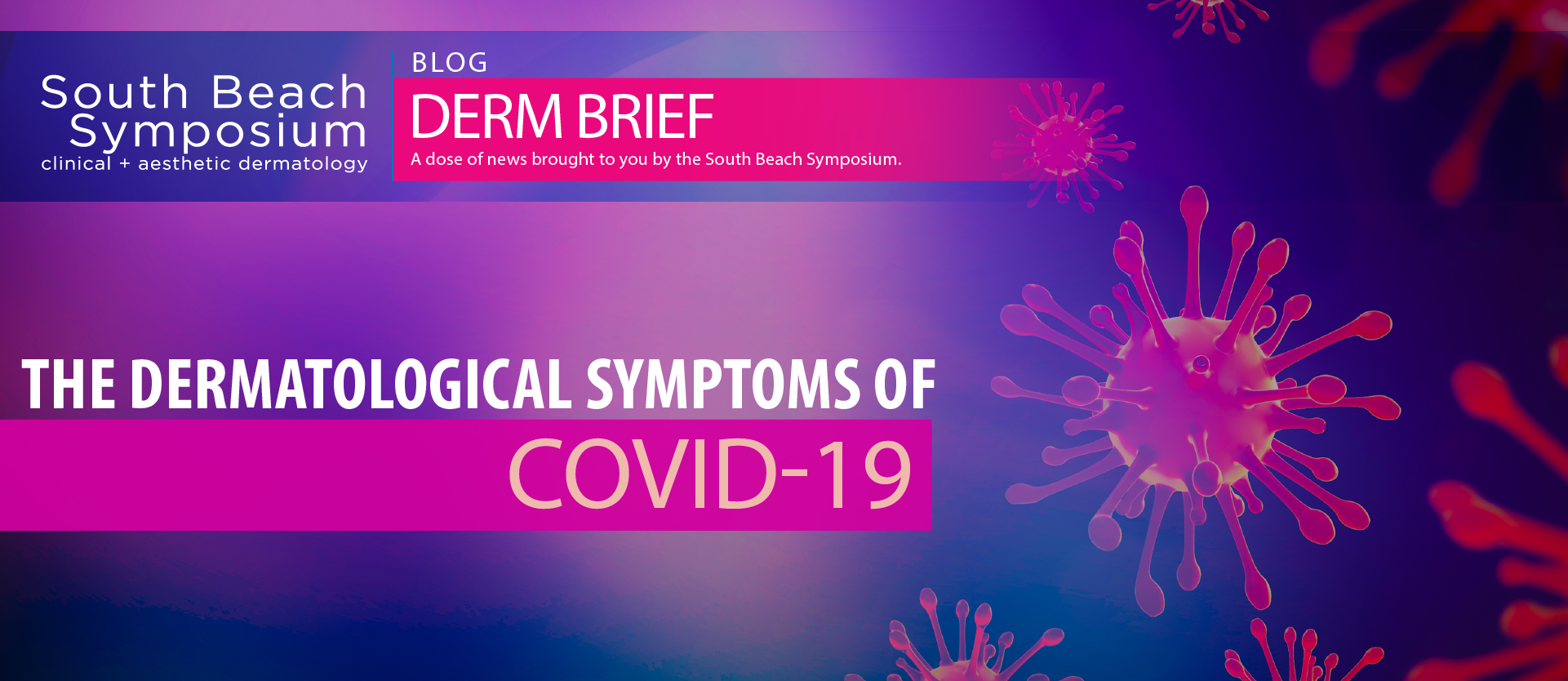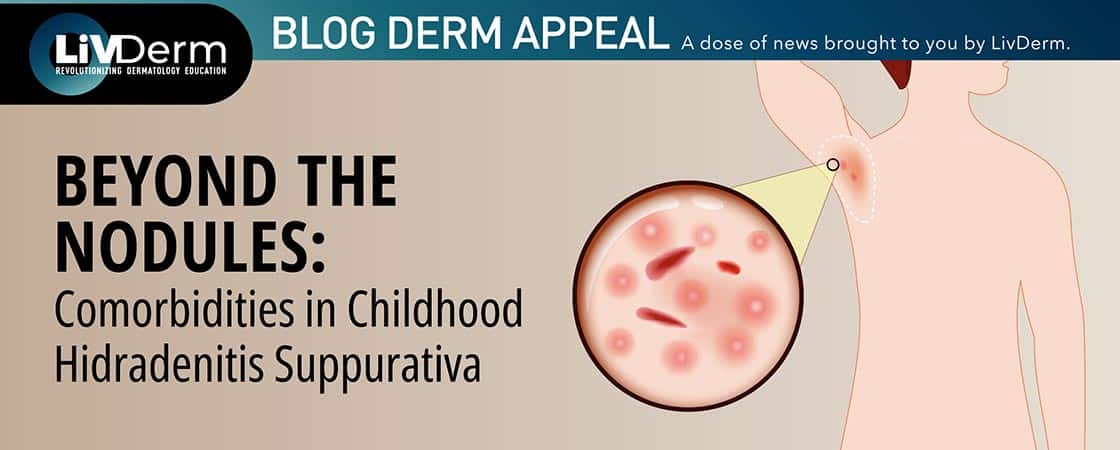As more clinical and anecdotal evidence comes to light, the list of potential COVID-19 symptoms continues to grow. Previously associated with fever, a persistent dry cough, and acute respiratory distress, the virus has now been linked to a host of other symptoms including dermatologic ones. While viruses are often associated with rashes and other cutaneous presentations, emerging findings point to the development of an unusual symptom. Increasing reports of the manifestation of so-called “COVID toes” – or purple or red pernio-like lesions on the toes and hands – have recently sparked attention.
In an interview with Healio, director of global dermatology at Massachusetts General Hospital, Harvard Medical School Esther E. Freeman, MD, PhD outlines the currently known dermatologic symptoms of COVID-19, as well as strategies for how to address and track these symptoms during the coronavirus outbreak.
COVID-19 Dermatologic Symptoms
According to Dr. Freeman, a member of the American Academy of Dermatology’s COVID-19 task force, “Pernio, a condition where you get red or purple tender bumps on the fingers or toes, also known as chilblains, is usually a reaction to cold temperatures.” Although, in the case of COVID-19 skin presentations, these lesions are not associated with exposure to cold; the red or purple bumps tend to be accompanied by a burning sensation, pain, and tenderness. From information gathered so far, experts believe these symptoms resolve after 2-3 weeks.
Most often, this symptom presents in young and healthy patients, including both adults and children. However, healthcare providers also report a few cases in which patients with more severe forms of COVID-19 illness have presented this new finding. Other dermatologic symptoms being reported at this time include virally induced rashes and eruptions – e.g. morbilliform – and urticaria, or hives.
In the event of new onset of pernio-like lesions or other concerning symptoms, patients are encouraged to consult their board-certified dermatologist or primary care physician to determine whether the skin changes are related to COVID-19 infection.
Addressing Cutaneous Symptoms
Due to the novelty of the virus, treating COVID-19 presents clinicians with many challenges, including how to address and manage cutaneous symptoms. While knowledge continues to evolve, Dr. Freeman recommends following CDC and local guidelines regarding self-isolation if dermatologic symptoms present.
“We know that some patients who develop the pernio-like lesions of their feet are still infectious, because they are testing PCR positive for the virus,” Dr. Freeman told Healio. As such, the potential of virus transmission with dermatologic symptoms exist; some patients develop lesions while still contagious, while others can develop them in later stages of disease progression. More data is needed to determine and issue guidance on how to address pernio-like lesion presentations in patients depending on timing and course of the virus for the benefit of public health.
Dermatology COVID-19 Registry
In order to better understand the impact of COVID-19 on the dermatologic patient community – especially those initially believed to be more vulnerable to severe illness – the AAD developed an international registry with data housed at Massachusetts General Hospital to monitor and track cutaneous symptoms of the virus.
The dermatology COVID-19 registry was created with several goals in mind. “The first goal is to collect dermatologic manifestations of COVID-19. Right now, we are collecting both lab-confirmed cases and suspected COVID-19 because we recognize that patients do not always have access to testing,” Dr. Freeman explained. “We stratify registry analysis based on whether people have had laboratory confirmation of the virus or not.”
Secondly, clinicians aim to evaluate patients with preexisting dermatologic conditions, especially when they contract COVID-19 to better understand disease progression in this subgroup. Finally, the registry hopes to gather data on patients currently prescribed biologics, immunosuppressives, and other dermatologic medications to assess their implications on the novel coronavirus.
The AAD’s COVID-19 registry helps the dermatologic community generate hypotheses about the virus and to report unique findings from cases on an international scale. However, it does not come without limitations as the registry is a giant case series, not an epidemiological, cohort, or case control study, thus not allowing experts to assign causation or to deduce the incidence or prevalence of dermatologic manifestations.
Using the COVID-19 Registry
The dermatology COVID-19 registry – which can be accessed here – is a healthcare provider-facing database not intended for patient use. Clinicians of all specialities are welcome to submit reports, including front-line health workers and primary care providers caring for COVID-19 patients in all countries across the globe.
The process takes approximately 5 minutes, according to Dr. Freeman, who also says entering a case does not require sharing your identity or any protected health information. Data are securely housed at Massachusetts General Hospital within their REDCap platform and remain strictly confidential.
All healthcare providers are encouraged to submit reports of their COVID-19 patients to help grow the database and aid in improving our current understanding of the dermatologic implications of the virus. “We appreciate all of our colleagues that have already entered cases,” Dr. Freeman commented. “We are all learning about the effects of this virus together.”
As more data is gathered, evidence will emerge hopefully elucidating the role of cutaneous symptoms in COVID-19 disease progression, including timing, symptom and subsequent illness severity, as well as future guidance on addressing and managing the condition.

















